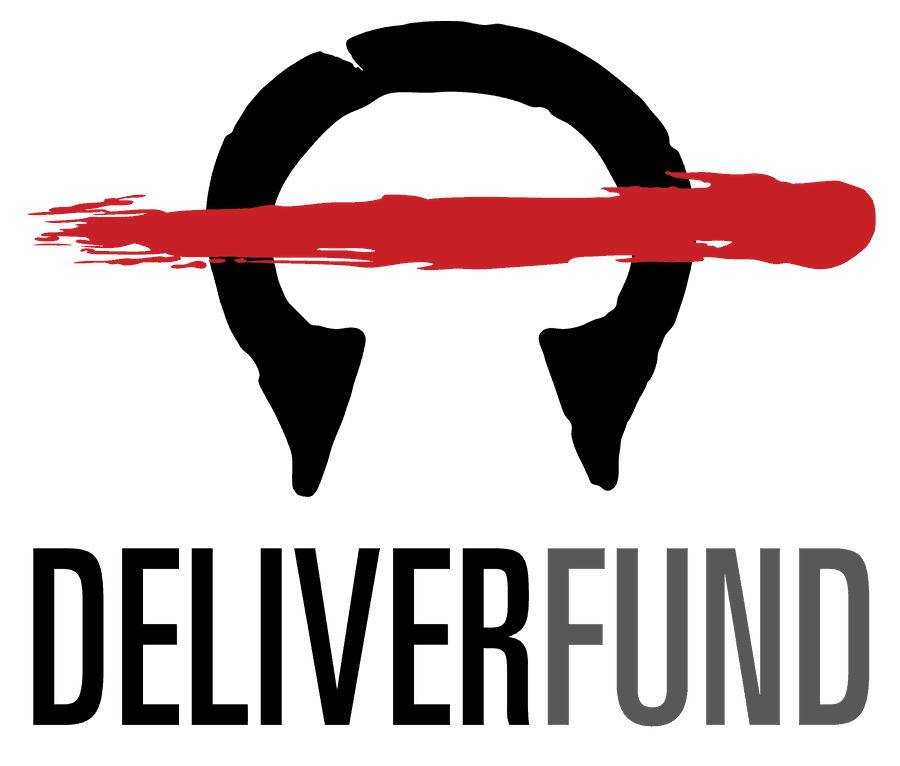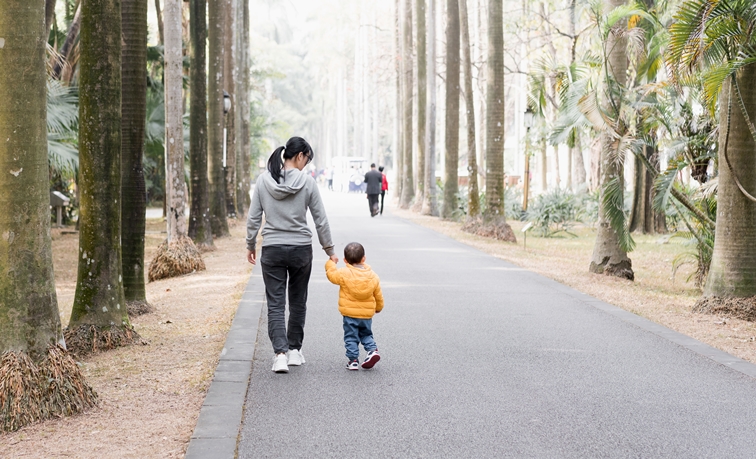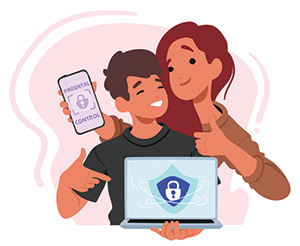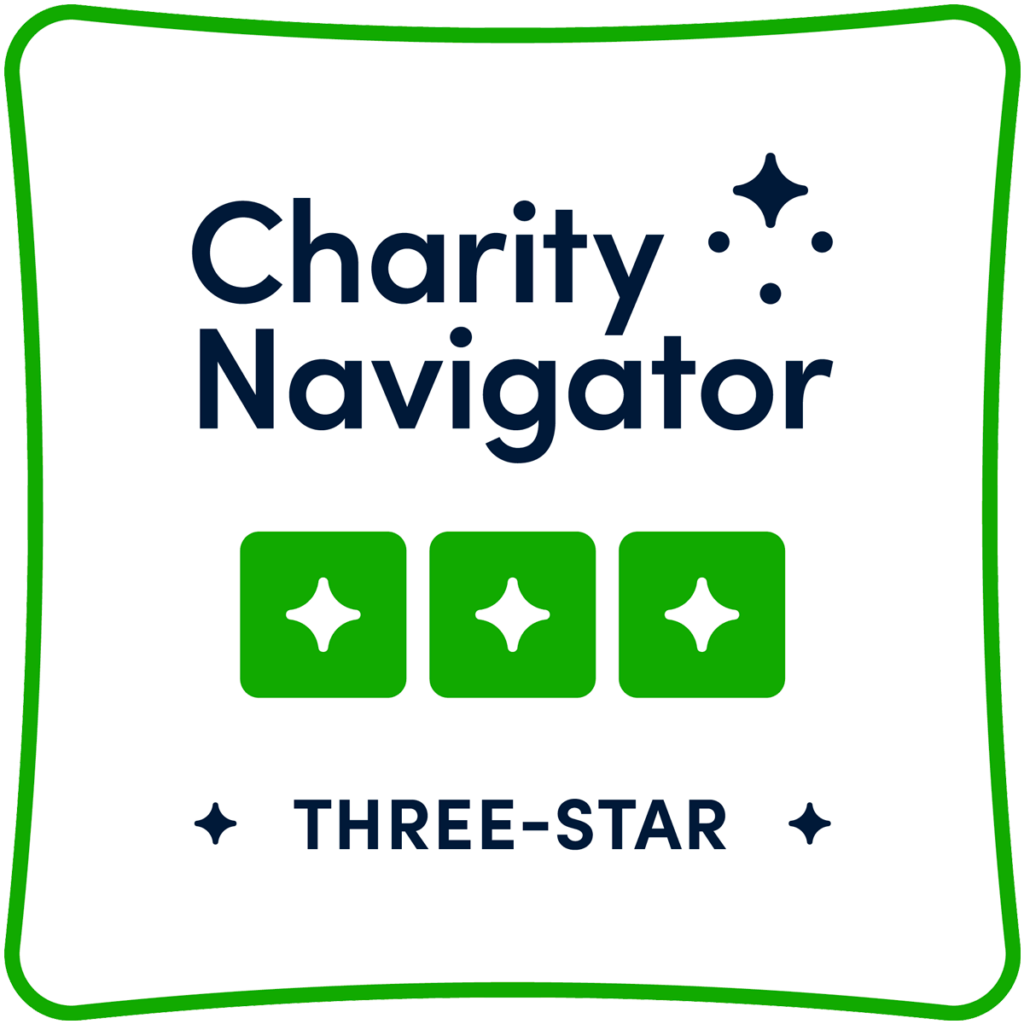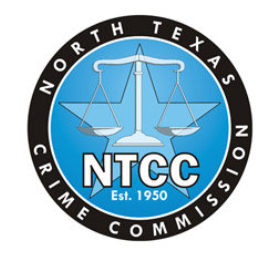Human trafficking is a serious and widespread crime that affects people across the United States and around the world. Understanding who is at risk can help communities, families, and organizations better protect those in danger.
So, who is most likely to be trafficked? While anyone can become a victim, some individuals face higher risks than others. Traffickers often prey on those who are struggling emotionally, financially, or socially.
Worldwide, more than 20 million people are held captive and trafficked each year. In the United States, a child is taken by human traffickers every 2.5 hours. This article explores the key risk factors, vulnerable groups, and ways to protect those at risk so we can make a difference.
Key Risk Factors for Human Trafficking Victimization
No single profile can help you determine who is the most likely to be human trafficked. However, certain life experiences, environments, and conditions can increase someone’s risk of being targeted. According to the Polaris Project, anyone can be trafficked. However, people with past trauma, economic struggles, or unstable homes are most at risk.
So, who is most likely to be a victim of human trafficking? Some of the most common risk factors for trafficking include:
- Poverty and lack of economic opportunity
- Unstable housing or homelessness
- Past abuse or trauma
- Lack of access to education
- Substance use or addiction
- Runaway or foster care history
- Immigration status or language barriers
- Isolation from family and support systems
When we consider who is most at risk for human trafficking, it’s important to consider child trafficking and young people’s risk of becoming victims of human trafficking. Globally, children comprise 20% of all reported human trafficking cases. However, according to the United Nations, children are close to 100% of the victims in some parts of Africa and Asia.
Schools have identified key risk factors among students, such as frequent absences, sudden behavior changes, or signs of neglect. Additionally, a report by the National Center for Missing & Exploited Children found that 1 in 6 endangered runaways in 2020 were likely victims of sex trafficking. Many had previously been in foster care.
Learn more facts about human trafficking in the United States and browse key trafficking statistics.
Groups Most Vulnerable to Human Trafficking
The most at-risk people for human trafficking include children in foster care, runaway youth, LGBTQ+ individuals, immigrants, and people experiencing domestic violence. These groups are often targeted because of lack of support systems and greater exposure to unsafe environments.
According to Hope for Justice, individuals with mental health challenges, people with disabilities, and migrants are also at high risk. They may not understand their rights or may fear authorities, which makes it easier for traffickers to control them.
Human trafficking in different parts of the world may reveal different or additional patterns. For instance, indigenous populations may be at greater risk in some areas than in others. Explore real-life stories from survivors and see where human trafficking is happening in the US.
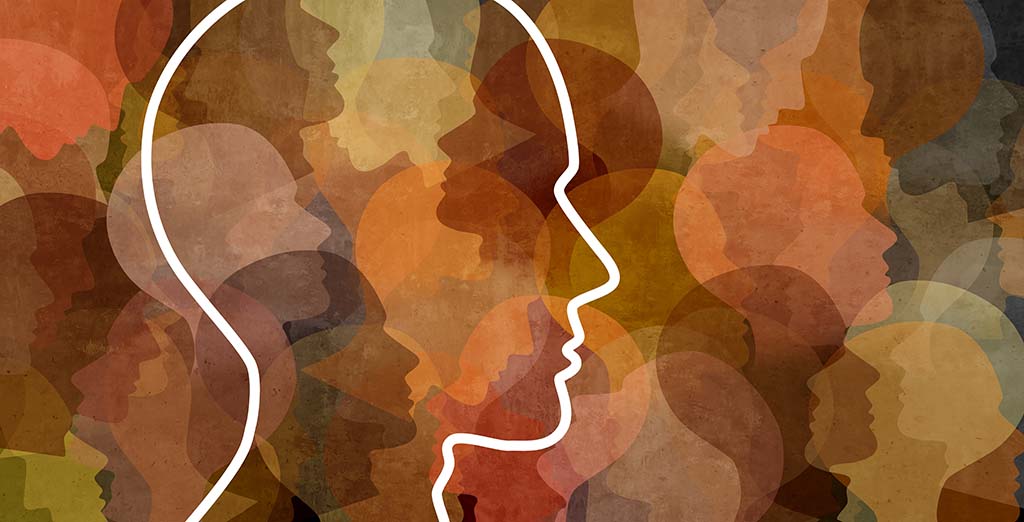
Groups Most Vulnerable to Sex Trafficking
Sex trafficking victims occupy the largest percentage of the human trafficking industry in the United States. The 2023 Federal Human Trafficking Report reported that 98% of the human trafficking cases processed were sex trafficking cases. So, it’s important to know the difference between human trafficking and sex trafficking.
So, the question is, who do sex traffickers target the most? Survivors and advocates agree that traffickers look for vulnerability. That means, sex traffickers often target:
- Girls and young women, especially those with past sexual abuse or unstable housing
- LGBTQ+ youth, who may be estranged from family or support networks
- Teens with mental health or substance use issues
- Children in foster care or group homes
Polaris reports that traffickers use psychological manipulation, coercion, and even false promises of love or work to recruit victims. A trafficker might pretend to be a romantic partner or friend at first.
Warning Signs of Human Trafficking
Knowing who is most likely to be human trafficked is just one step in helping to combat this crime. Recognizing red flags is essential. Here are some common indicators of human trafficking:
- A person is not allowed to speak for themselves
- They seem unusually anxious, fearful, or submissive
- Signs of physical abuse or malnutrition
- Lack of personal documents like ID or passport
- Working long hours without pay
- Not attending school or frequent absences
Know the 5 signs of human trafficking in your neighborhood to be part of the solution. And, if you suspect someone is being trafficked, know the signs and don’t ignore your instincts.
Take Action
Vulnerable groups deserve protection and support. Understanding who is most likely to be human trafficked helps prevent future exploitation.
You can report any suspicious activity to the National Human Trafficking Hotline or to your local law enforcement. Donate now to fight against this evil.
